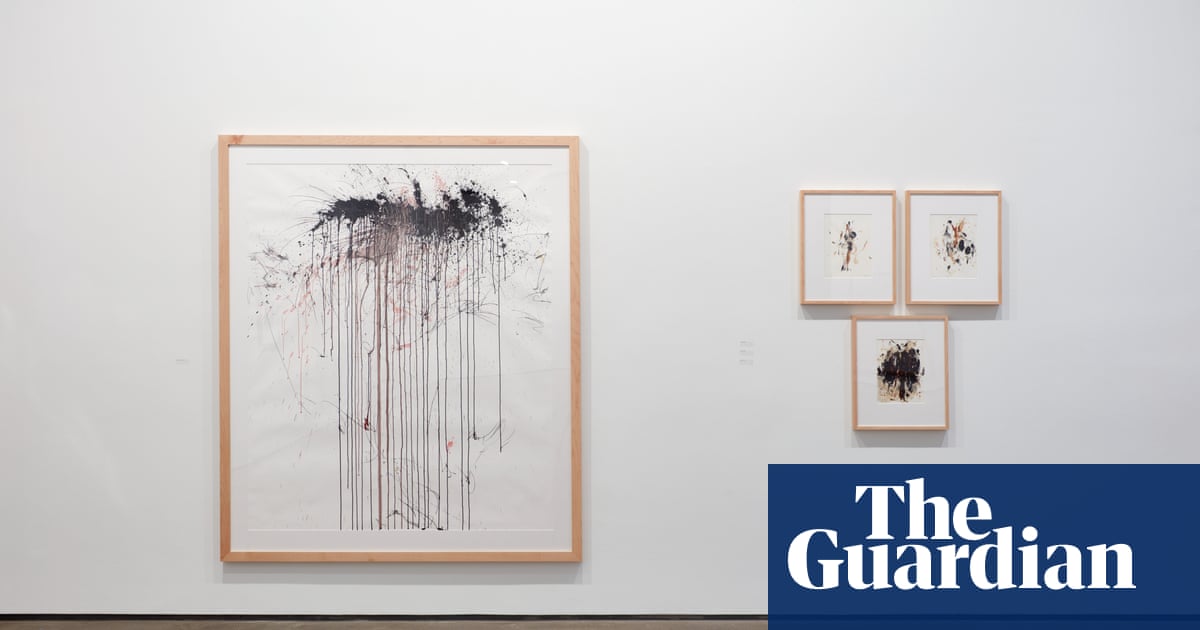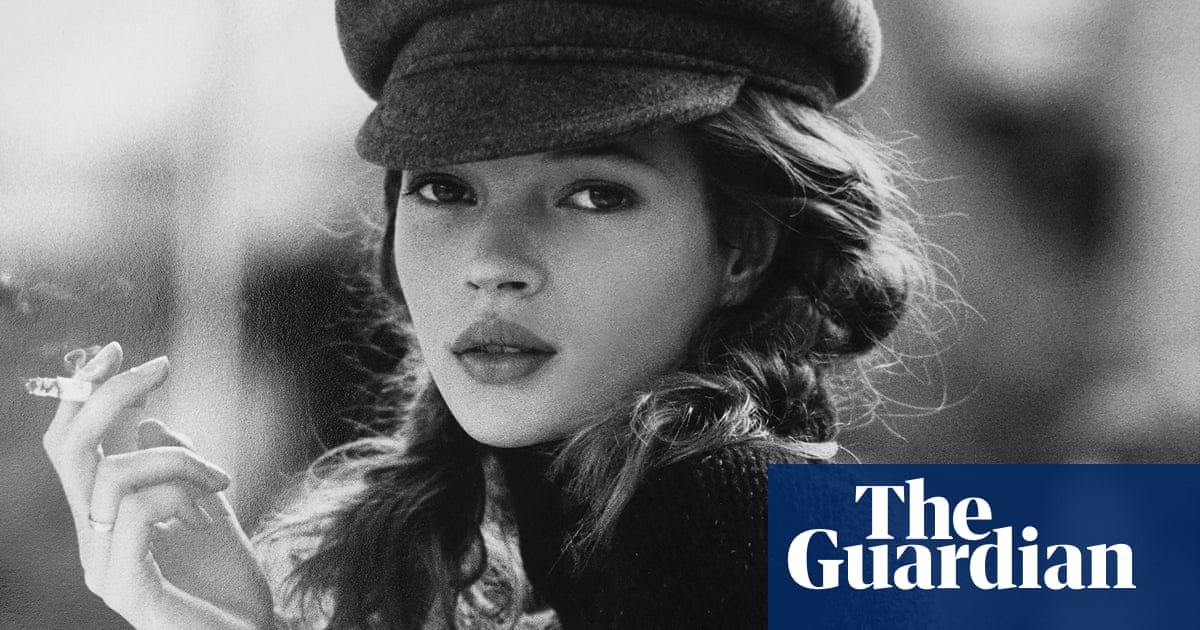
Among the names represented by the powerhouse gallerist Sean Kelly is Marina Abramović, the Serbian conceptual and performance artist who has collaborated with James Franco and Jay-Z, and whose blockbuster MoMA exhibition The Artist is Present gave her fans an opportunity to sit across from the star and stare into her bewitching eyes. And now it’s time to celebrate another member of the Kelly stable, the German multimedia artist Rebecca Horn, born just two years before Abramović, whose body of work is no less groundbreaking and dramatic.
A new exhibition focusing on Horn’s drawings, now on view at Sean Kelly Gallery in New York before it moves to the gallery’s Los Angeles location, functions as a primer on her furious talent and unfettered imagination. Butterflies and bondage, pianos and poetry, fingernails and feathers are just some of the images that obsess Horn and appear in her creations. Behind every piece that she has engineered over the past five decades – such as the self-inflating and self-deflating straitjacket, or the stunning feathered wheel that transforms its wearer into a winged fantastical creature – were the drawings that she used to work through her sparks of inspiration.
“She belongs to a generation of artists who were real serious artists,” says Kelly, who has worked with Horn for 34 years. “She’s not doing a Louis Vuitton handbag or something like that.” Infused with poetry and pain, her output plays with the possibilities and limitations of the human body. Though she makes everything from short films and site-specific installations to body appendages and colorful, kinetic drawings, there is an undeniable through line.
Horn spent much of her early life recovering from a range of maladies, and she reliably returns to her preoccupation with the constriction and workarounds that go hand in hand with inhabiting a body. It’s right there in the series of “bodylandscape” drawings that she created from a fixed point on the floor of her studio, marking the paper only as far as her arms could reach. The same inquiry lies behind the finger appendages that Horn created to allow the wearer to scratch the wall across the room.
When Kelly and Horn first met, he was a young curator in Bath, England, and she was a rising star known for her surreal and sensual pieces. Kelly recalls a self-assured woman who refused to bend to the norms of the late-1980s art world, which was drunk on its adulation of male artists. “It was revelatory for me,” he says. “Rebecca was a fiercely independent, beautiful woman who knew the difference between your worth and your value,” he recalls. “Worth is something that somebody places on you and is prepared to pay. Value is about the way you pass through the world.”
Born to Jewish parents in Germany in 1944, Horn spent the earliest stretch of her childhood in hiding from Nazis in the Black Forest. She was in her teens when she contracted tuberculosis and was sent to a hospital. Confined to a hospital bed, Horn started to draw and develop her striking, searching style. Drawing was the medium she returned to in her early 20s when staying at a sanitarium after exposure to toxic materials such as fiberglass and polyester that gave her lung poisoning. “Drawing became a really important and central part of her personality,” says Kelly. “Pretty much immobilized, she was thinking about how you reach for something, how you extend yourself into the world, how you pick something up, how you move, how you breathe.”
From the earliest piece at the new show, which dates to her teen years, viewers can see the seeds of her showstopping works such as the automated piano that hangs upside down from a ceiling that drew the most attention throughout her career. “If you walk into a room, and the television’s on, everybody watches the television,” says Kelly. “But the impetus for all of those things came from drawing.”
Always a fairly private individual, Horn retreated from the public following the devastating stroke she suffered in 2015. The stroke affected her right hand, which necessitated a new working process. She now spends a couple of hours a day in her studio, overseeing a small team of assistants from her wheelchair. “She’s able to communicate her ideas, but she is never going to be able to make drawings again,” says Kelly.
Most of the drawings on display come from Horn’s personal archive, which she has long kept from public display. “To be very honest, I thought the chances of us getting every work that we wanted to show and have access to was zero,” Kelly says. Assuming many of the pieces scatter to the collections of their new owners, “It’s going to be very difficult to put together a group of her drawings like this ever again.”
Kelly’s appreciation for Horn doesn’t stop at her work. She taught him about art – and what it means to be an artist. “Rebecca demanded things of the world and of institutions and collectors that a lot of other women had never demanded, and she got it,” he says. “She conducted her life like it mattered, which it did.”
Labyrinth of the Soul: Drawings 1965-2015, is on view at Sean Kelly Gallery in New York through 18 February. It will be at the gallery’s Los Angeles outpost from 11 March – 22 April












